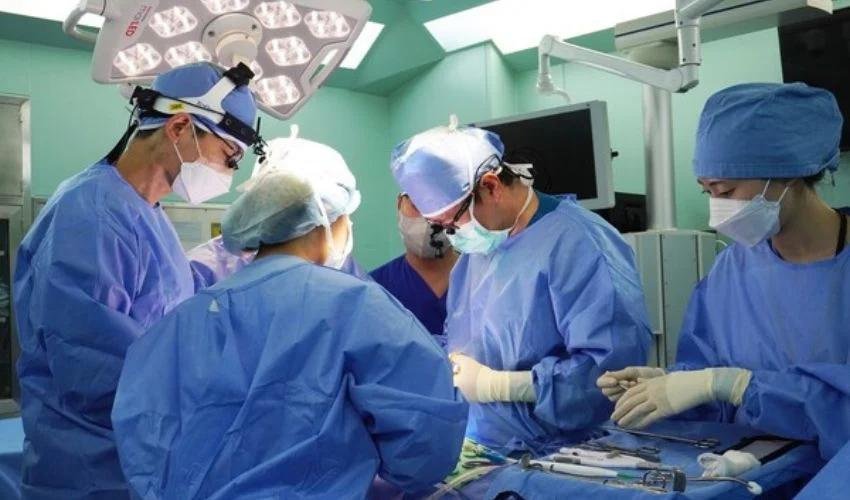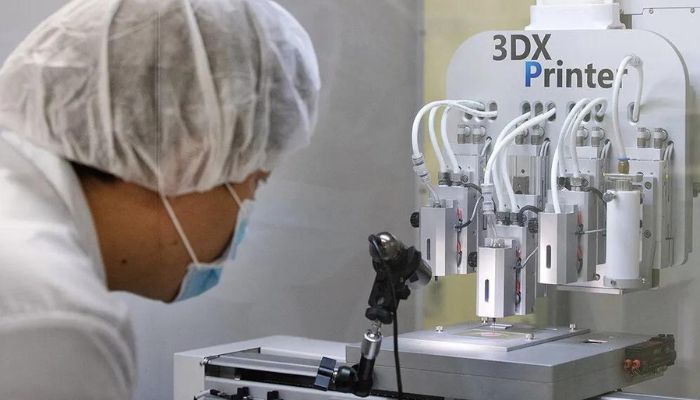World’s First 3D Printed Trachea Successfully Transplanted in South Korea

The continuous innovations in 3D printing within the medical field never fail to astonish, offering possibilities previously unattainable through traditional methods. Additive manufacturing, primarily valued for its capacity to tailor medical solutions, presents numerous advantages, notably in personalized medical interventions. From ongoing research projects optimizing materials for 3D printed implants to the development of oral stents enhancing cancer treatment, the applications of this technology have been impressive.
Collaborating at Seoul St. Mary’s Hospital of the Catholic University of Korea and Gachon University, scientists, doctors, and engineers achieved a historic milestone by conducting the world’s first study in which a custom-made 3D printed trachea was manufactured and transplanted. This pioneering procedure marked a significant milestone, offering hope to a woman in her fifties who had undergone thyroid cancer surgery, resulting in partial tracheal loss.

The 3D print of the artificial windpipe. (Photo Credits: T&R Biofab)
The transplantation of the 3D-printed trachea, crafted through bioprinting, was conducted by Professor Kim Seong-won and his team at the Catholic University College of Medicine. A follow-up examination conducted six months later revealed its success: not only had the tube healed, but new blood vessels had also developed. This breakthrough bears significant potential not only for individuals with thyroid cancer, but those affected by congenital anomalies, organ defects, or tracheal injuries as well. Conventional treatment methods post-thyroid cancer surgery, often deemed highly complex and high-risk, have consistently fallen short in restoring the trachea to its original state. The procedure utilized in this study has been under extensive research for the past two decades, dating back to 2004.
Creating the 3D Printed Trachea: Process and Materials
The process of creating the transplanted 3D-printed trachea in the study involved bioprinting, employing bio-ink derived from adult nasal stem cells and cartilage cells sourced from other patients. Living cells were 3D-printed in bio-ink form to construct an artificial organ suitable for patient transplants. Human tissue remnants from procedures like nasal septum surgery were repurposed for the study, resulting in a trachea primarily composed of mucous membrane and cartilage. The 3D printed trachea also incorporates polycaprolactone (PCL) as a structural support material.
The printer utilized in this study, adept at 3D printing hollow tubular structures, originates from the biomedical engineering firm T&R Biofab. The company tailored the device for the patient’s needs and designed it specifically for Seoul St. Mary Hospital. Currently, there are prospects for future production expansion, potentially allowing broader utilization of the printer by other users. Professor Kim Seong-won had the following to say about the breakthrough:
The success of this transplant is the world’s first clinical trial success story of artificial human organ transplantation developed by applying bioprinting precision engineering technology that 3D prints adult stem cells from living human beings. It has laid the foundation for developing patient-specific 3D bio-printing artificial organ transplantation technology and will play a major role in developing advanced biopharmaceuticals for various intractable diseases.”
Dr. Paulo Marinho, Head of Scientific Strategy at T&R Biofab, notes that while it’s premature to declare 3D bioprinting as the definitive solution to the ongoing shortage of transplant organs, there’s optimism regarding its potential to partially address the issue for specific organs or indications. Additionally, it holds promise in bridging the gap between conventional medical devices and organ transplants.
What do you think about the development and use of artificial organs, like this 3D printed trachea? Let us know in a comment below or on our LinkedIn, Facebook, and Twitter pages! Don’t forget to sign up for our free weekly newsletter here, the latest 3D printing news straight to your inbox! You can also find all our videos on our YouTube channel.
*Cover Photo Credits: PharmNews






